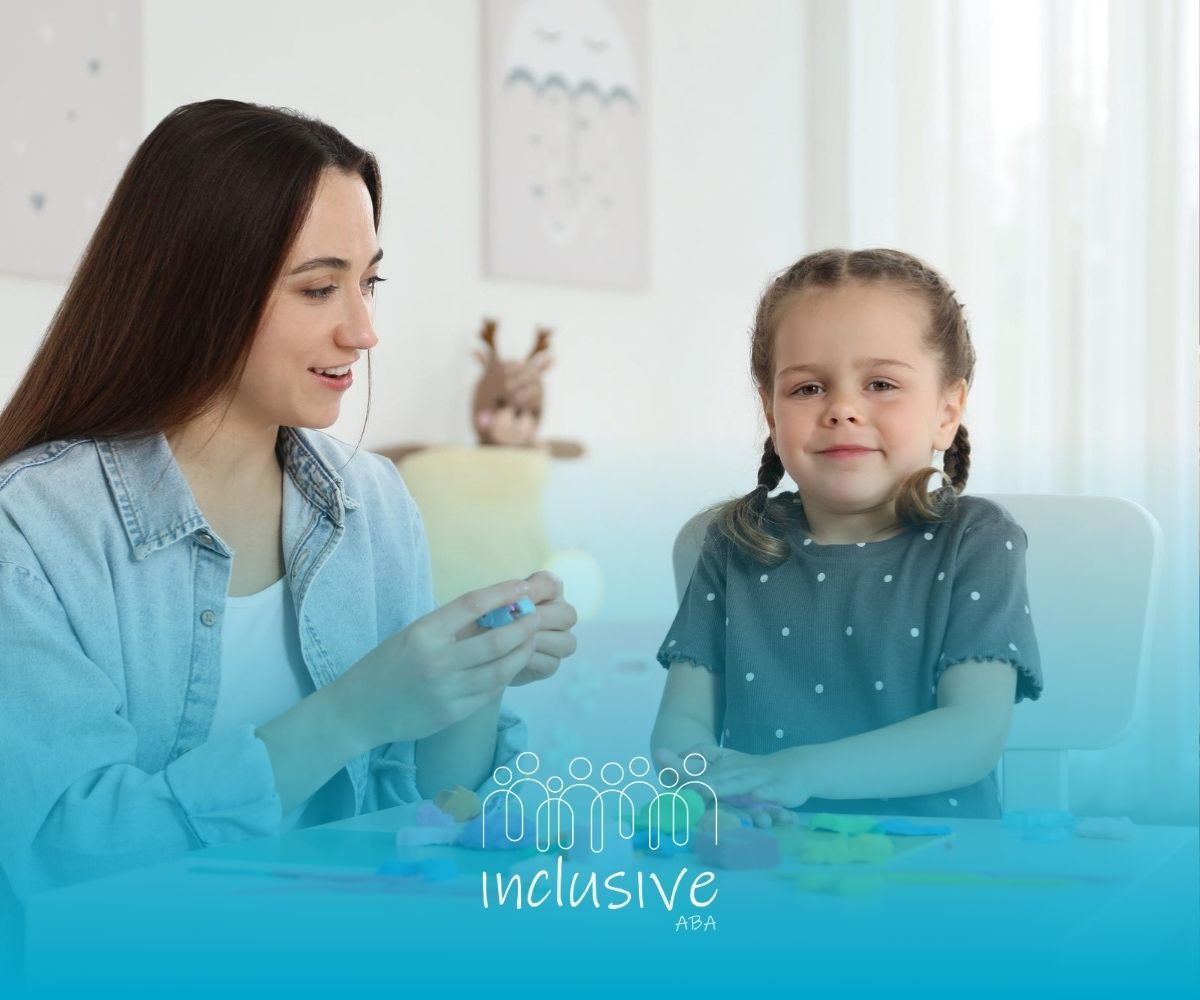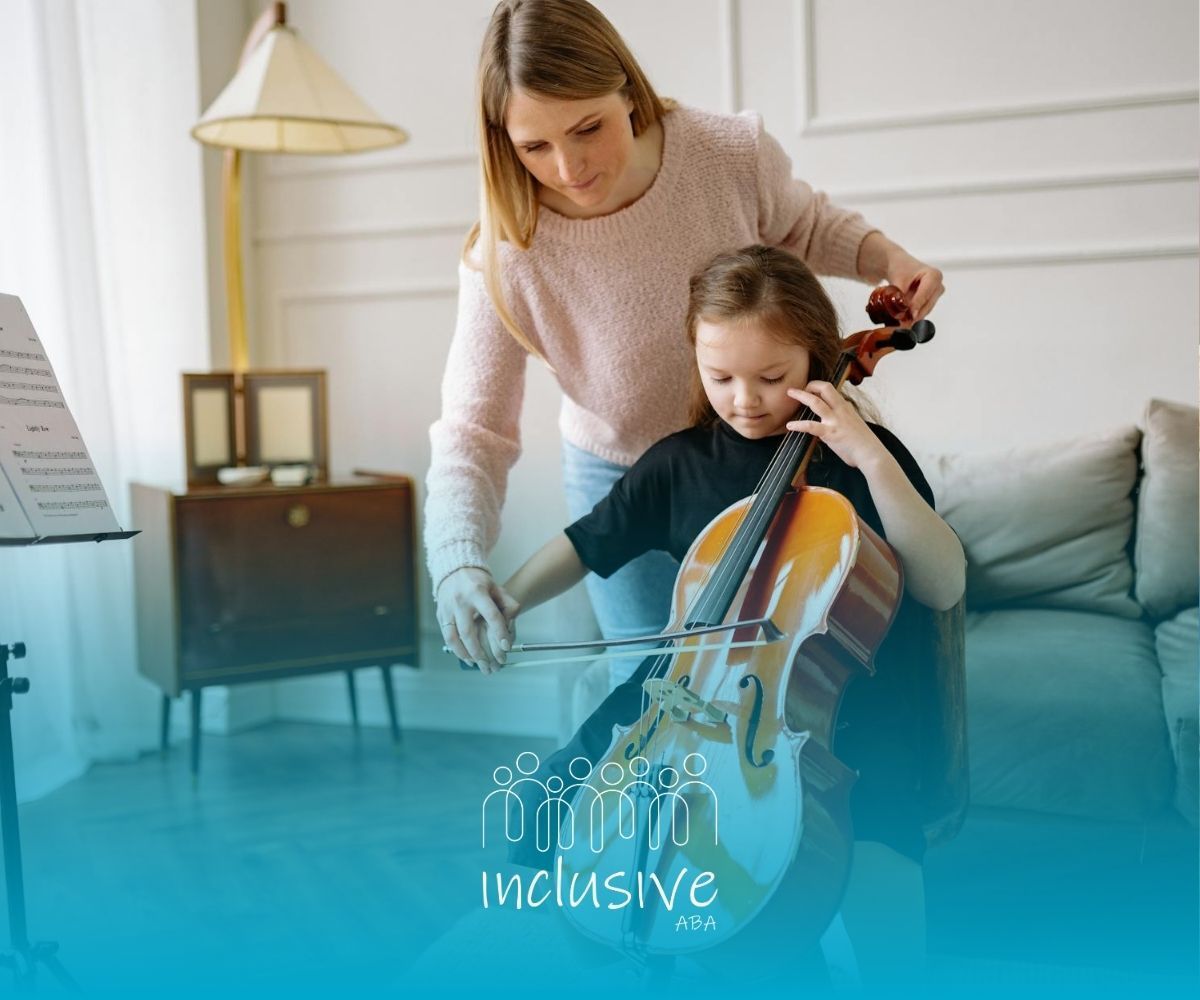
The Secret to ABA Success? Parent Training – Here’s Why
I’ll never forget the first time a parent told me, “I finally feel like I’m helping my child, not just managing behaviors.” That moment captures why parent training in ABA matters. It’s not about memorizing theories—it’s about unlocking your child’s potential through everyday interactions.
Whether you’re new to ABA therapy or looking to refine your skills, this guide will walk you through practical, evidence-based strategies that work in real life. Because when parents and therapists work together, progress isn’t just possible—it’s unstoppable.
Understanding ABA Therapy and the Parent’s Role
Applied Behavior Analysis (ABA) therapy is a well-researched, evidence-based approach that helps children with autism spectrum disorder (ASD) develop essential skills and reduce challenging behaviors. At its core, ABA focuses on how behavior is influenced by the environment—and how we can shape that environment to encourage positive growth.
But here’s the thing: ABA isn’t just something that happens during therapy sessions. For real, lasting progress, parents play a crucial role. When you reinforce skills and behaviors at home, your child is more likely to generalize those skills across different settings—whether it’s school, social interactions, or daily routines.
That’s where ABA parent training comes in. It’s not just about giving you information; it’s about giving you practical, hands-on strategies you can use every day. And in my experience, when parents feel equipped and supported, the whole family benefits.
Why Parent Training is Essential in ABA
ABA therapy doesn’t stop when the session ends. The real magic happens when parents take what’s learned in therapy and apply it at home, at the park, during mealtime—anywhere life happens.
Consistency Leads to Progress
Children with autism often thrive on predictability. If they’re learning a skill in therapy but don’t get to practice it elsewhere, progress can stall. Parent training bridges that gap.
When you use the same techniques as your child’s therapist, you reinforce their learning and help them adapt those skills to real-world situations.
Reducing Family Stress
Let’s be honest—parenting a child with autism can be overwhelming. ABA parent training doesn’t just help your child; it helps you. When you understand why certain behaviors happen and how to respond effectively, daily life becomes smoother.
I’ve seen families go from feeling frustrated to feeling empowered—simply because they had the right tools.
Strengthening Family Bonds
When parents and ABA therapists work together as a team, the child benefits most. But beyond that, parent training can improve communication, reduce meltdowns, and create a more harmonious home environment.
It’s not just about managing behaviors—it’s about building stronger, more positive relationships.
Core Components of ABA Parent Training
Every child is different, and so is every family. That’s why ABA parent training should be tailored to your specific needs. However, most programs include a few key elements:
1. Learning the Basics of ABA
Before you can apply ABA strategies, it helps to understand the principles behind them. This includes concepts like:
- Reinforcement (rewarding positive behaviors to encourage them)
- Prompting (giving cues to help your child respond correctly)
- Shaping (breaking skills into smaller, manageable steps)
I always remind parents: You don’t need to become an ABA expert overnight. Start with the fundamentals, and build from there.
2. Hands-On Strategies for Home
Theory is great, but practice is where the real learning happens. Parent training should give you actionable techniques, such as:
- Creating visual schedules to provide structure
- Using positive reinforcement effectively
- Managing challenging behaviors with calm, consistent responses
The best training programs include modeling, role-playing, and feedback—so you don’t just hear about these strategies, you practice them in a supportive setting.
Effective Communication: The Key to Success
One of the most important skills in ABA—and in parenting—is communication. This means two things:
1. Open Dialogue Between Parents and Therapists
Your ABA therapist should be your partner, not just an instructor. If something isn’t working, or if you’re feeling stuck, speak up! A good therapist will listen, adjust strategies, and help you problem-solve.
2. Teaching Your Child Communication Skills
Many children with autism struggle with expressing their needs. ABA parent training can help you:
- Use clear, simple language
- Incorporate visual supports (like picture cards or social stories)
- Reinforce every attempt your child makes to communicate
Remember, progress takes time. Be patient with yourself and your child—small steps lead to big changes.
Setting Realistic Goals (And Celebrating Progress!)
One of the biggest mistakes I see parents make? Setting goals that are too ambitious too soon. ABA is a marathon, not a sprint.
How to Set Achievable Goals
- Focus on small, measurable steps (e.g., “My child will make eye contact during requests 50% of the time” rather than “My child will always make eye contact.”)
- Align goals with your child’s current abilities—not where you wish they were.
- Celebrate every win, no matter how small. Progress is progress!
Adjusting Expectations Along the Way
Some weeks, your child might soar. Other weeks, they might regress. That’s completely normal. Regular check-ins with your therapist can help tweak strategies as needed.
Practical ABA Strategies for Parents
You don’t need a degree in ABA to make a difference. Here are some simple, effective techniques you can start using today:
1. Positive Reinforcement
- Catch your child doing something good—and reward it! (Praise, a high-five, or a small treat can work wonders.)
- Be immediate and specific: “Great job putting your toys away!”
2. Consistent Routines
- Children with autism thrive on predictability. Try to keep daily schedules (meals, bedtime, playtime) as consistent as possible.
- Use visual schedules to help your child understand what’s coming next.
3. Role-Playing for Skill-Building
- Practice social scenarios (like taking turns or asking for help) in a fun, low-pressure way.
- If your child struggles with transitions, role-play leaving the park or switching activities.
Common Challenges (And How to Overcome Them)
Even with the best strategies, challenges will arise. Here’s how to handle them:
1. Managing Challenging Behaviors
- Identify triggers: Is your child acting out due to hunger, fatigue, or sensory overload?
- Stay calm and consistent: Respond the same way each time (e.g., ignoring tantrums while reinforcing calm behavior).
2. Parental Stress and Burnout
- Self-care isn’t selfish. Take breaks when needed.
- Lean on support—whether it’s your ABA therapist, a support group, or family members.
Ready to See the Difference ABA Parent Training Can Make?
At Inclusive ABA, we believe every family deserves the tools to thrive. Our expert therapists don’t just work with your child—we empower you with proven ABA strategies tailored to your family’s needs.
📞
Call us at 888-912-7893
📧
Email
info@inclusiveaba.com
Let’s work together to unlock your child’s potential—starting today.
FAQs
What is ABA parent training, and why is it important?
ABA parent training teaches caregivers how to reinforce their child’s therapy goals at home. It ensures consistency, speeds up progress, and reduces family stress by equipping parents with practical strategies.
How can parents implement ABA techniques at home?
Start with simple strategies like positive reinforcement, visual schedules, and consistent routines. Role-playing and practicing communication techniques also help reinforce skills in everyday situations.
What if I struggle with ABA parent training?
It’s normal to feel overwhelmed at first! Your ABA therapist can adjust strategies to fit your family’s needs. Support groups and self-care are also key to staying motivated.
Sources:
- https://www.abct.org/fact-sheets/parenting-programs
- https://childmind.org/article/choosing-a-parent-training-program/
- https://pmc.ncbi.nlm.nih.gov/articles/PMC4516038/
- https://pmc.ncbi.nlm.nih.gov/articles/PMC9937972/
- https://www.jstor.org/stable/j.ctv1chs8q0
Looking for Expert Help? We're Here for You!
Our compassionate and skilled team is devoted to enhancing your child's development through customized ABA therapy. Let us partner with you to create a supportive environment for your child's success.
Discover how we can help your family thrive with expert ABA therapy.
Send a Fax
303-616-1189
Mon-Fri: 9Am to 5.30 Pm
Sat- Sun: Closed












